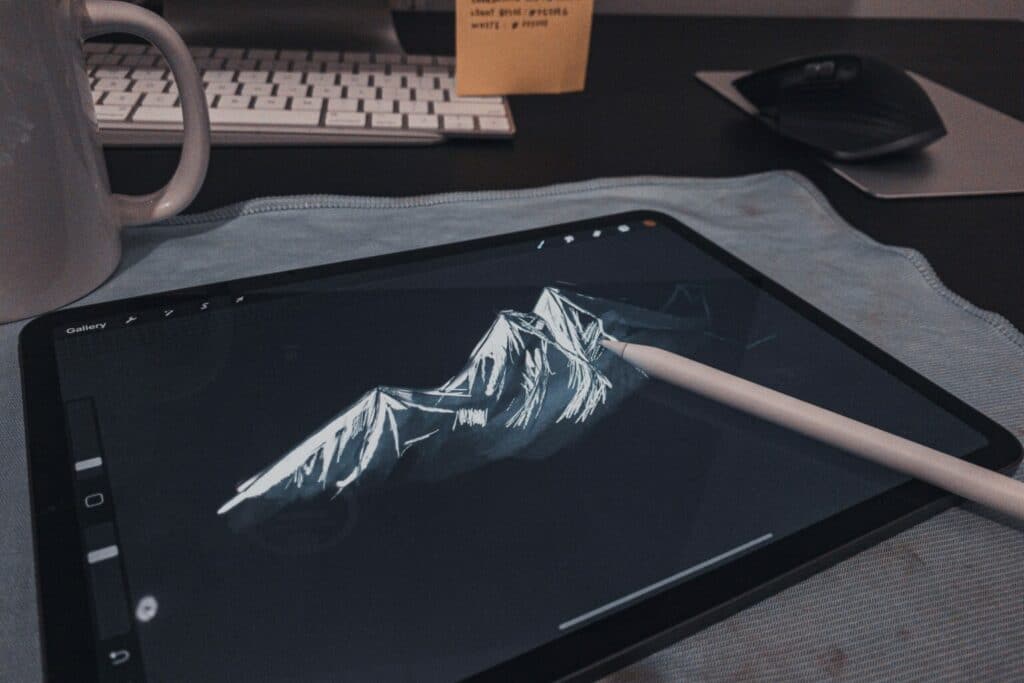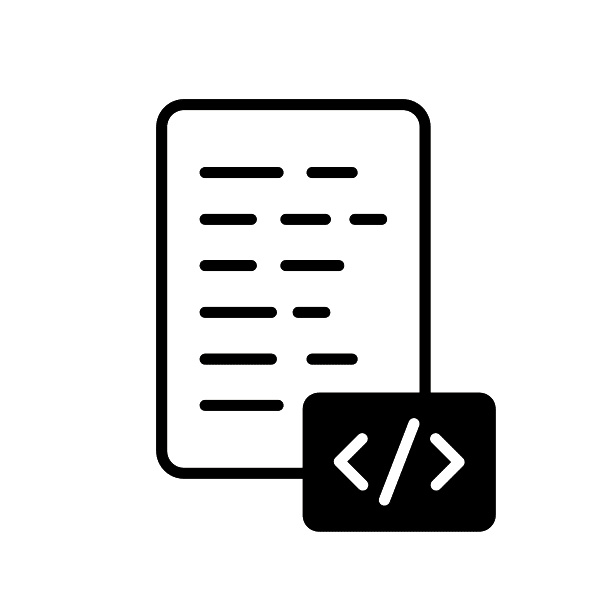Turn your creative ideas into reality with Adobe Photoshop and Illustrator.

Our teachers and tutors graduated from top universities








Overview

Customized curriculum
We'll find a tutor who can make sure you're prepared for the A-Level Accounting exam with customisable lessons catered to fit your needs.

Flexible
Take lessons only when you need them—as little or as many as necessary until you feel confident.

Private lesson
No need to accommodate other students. Learning is customised your perfect pace and difficulty so you are always improving.
About Adobe Photoshop & Illustrator
Adobe Photoshop is renowned for its photo editing capabilities and serves as an excellent tool for digital illustration. With an extensive feature set, including layers, blending modes, and a variety of brushes, it empowers aspiring illustrators to bring their creative visions to life. Whether you’re crafting concept art, digital paintings, or intricate illustrations, Photoshop’s advanced capabilities, such as 3D rendering and texture mapping, enhance your artistic skills.
On the other hand, Adobe Illustrator shines in the world of digital illustration due to its expertise in vector graphics. Its ability to create scalable designs without loss of quality is indispensable for illustrators adapting their artwork for different platforms and dimensions. Illustrator’s precise Pen tool is ideal for intricate and detailed illustrations, and its typography tools seamlessly incorporate text into your designs.
Both Photoshop and Illustrator offer complementary features, making them invaluable tools for budding illustrators. Their seamless integration simplifies transitions between the two platforms, particularly useful for complex illustrative projects. Proficiency in these Adobe applications opens doors to a wide array of opportunities in the realm of digital illustration. Whether you’re aiming to create stunning concept art, intricate designs, or captivating illustrations, these tools empower you to turn your artistic vision into reality.
Description
This course welcomes students of all skill levels, catering to beginners with fundamental drawing instruction and challenging advanced learners to further refine their artistic talents. Covering a broad range of artistic disciplines, it includes traditional 2D drawing, video editing, graphic design, and more.
Explore the world of Digital Illustration with our course, where we delve deep into Adobe Photoshop and Illustrator techniques. From layering to masking and vector illustration, you’ll gain the skills needed to create captivating digital artwork, intricate vector graphics, and stunning comic art.
Advanced students will not only elevate their technical artistry but also gain valuable insights into the creative industry. Equipped with knowledge and expertise, they can pursue diverse artistic endeavors, from freelance work to formal positions in design studios or creative agencies. This course lays a strong foundation for a fulfilling journey into the realms of art and digital media.
What you will learn
- Develop expertise in Adobe Photoshop and Illustrator
- Gain a strong grasp of essential drawing and animation principles
- Acquire proficiency in managing layers, utilizing blending modes, and employing a variety of digital brushes
- Learn to transform ideas into fully realized artwork, starting with initial sketches and advancing to detailed line work, shading, and lighting techniques
- Digital Illustration serves as a gateway to exploring additional courses
Requirements
- Ages 7 – 18
- Interested in Graphic Design and Animation
Student FAQs About Digital Illustration
Raster graphics, typically produced in software like Photoshop, rely on pixels and may suffer quality loss when enlarged. In contrast, vector graphics, created using tools like Illustrator, maintain sharpness regardless of size changes. Vector graphics are mathematically defined shapes and lines, ensuring sharpness at any scale. This scalability is advantageous for tasks like logo design and printing, accommodating diverse formats from business cards to large banners. Moreover, vector graphics are highly editable, facilitating rapid adjustments and refinements in your illustrations.
Foundational elements such as balance, contrast, alignment, and emphasis are critical in all types of illustration, including digital art. Balance provides visual stability, contrast adds intrigue and directs attention, alignment establishes order, and emphasis highlights key components. These principles form the basis for crafting visually captivating and influential illustrations.
A digital tablet enables direct drawing on a computer, providing a more natural and precise drawing experience. While not mandatory, it is highly recommended for artists seeking greater control and finesse in their digital creations.
For raster graphics, it’s advisable to use .PNG or .TIFF formats to ensure high-quality image preservation. For vector graphics, .AI or .SVG formats are ideal choices, as they maintain the scalability and clarity of your illustrations.
Color theory is of paramount importance in digital illustration. It serves as a foundational element for creating artwork that is not only visually appealing but also emotionally resonant. A deep understanding of color interactions allows artists to infuse their illustrations with dynamic and impactful storytelling, making it an essential aspect of the creative process.
Digital illustration offers several advantages, including scalability, ease of editing, and versatility in design options. Artists can rectify mistakes without starting over and experiment with various styles and techniques effortlessly. Digital platforms also facilitate seamless sharing and collaboration, enhancing efficiency in artistic work. These advantages make digital illustration a valuable skill for contemporary artists looking to thrive in the digital age.
Layers are fundamental in digital illustration as they allow artists to work on different aspects of their artwork separately. This feature proves invaluable during editing and when creating intricate compositions, ensuring precise control over each element of the illustration. Furthermore, layers facilitate experimentation with various effects, styles, and adjustments, making it easier to refine and enhance the artwork. They offer a safety net, allowing artists to revert to previous stages of their work if needed. Additionally, layers simplify collaboration, as multiple artists can work on different aspects of the same project independently, leading to more efficient and creative outcomes.
How it works
1
Request a tutor
Let us know your goals and age range. We'll figure out a plan to help get you there.
2
Match with a tutor
We'll recommend you a tutor based on your needs and goals, or you can request a specific tutor.
3
Start a free trial
Experience a free trial lesson with your new tutor and see if your learning style matches.
4
Keep it up!
If everything went well, sign up to keep going! You can choose the pacing of the lessons
Need more info?
Let's talk.
Leave your phone number, and we’ll call you back to discuss how we can help you.


